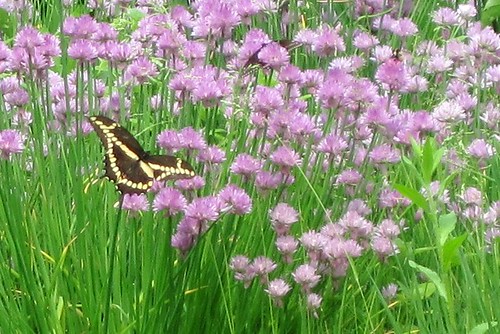 |
| one of the late-instar caterpillars |
Before 2010, a Giant Swallowtail Butterfly had never been
seen in Vermont. Now, for the second
consecutive autumn, this species has laid eggs in the Montpelier backyard of
Abby Colihan. A mild winter, sandwiched
between two hot summers, has allowed the Giant Swallowtail to thrive in areas
where it had been absent just a few years earlier.
The range expansion of this species has limits, even in a
warming climate. The main host plants of
caterpillars include those in the citrus family, and the only native host plant
documented in Vermont so far has been Prickly Ash. But Prickly Ash grows only in the Champlain
Valley and southern parts of Vermont, so for Giant Swallowtail to lay eggs in Washington
County, they need a little help. Perhaps
that is why the “gas plant” in Abby’s garden has been used two years in a row!
I counted a total of eight caterpillars on the small shrub;
two were late-instar (older) caterpillars, and six were early-instar (young)
caterpillars, which indicates that at least two female Giant Swallowtails laid
their eggs there at different times. At
a glance, they look like bird droppings, but upon close inspection their
intricate pattern is uniquely beautiful.
Keep your eye out for adult Giant Swallowtails this month,
as they may still be on the wing. And
one cold winter could halt their northward expansion. Here is a photo of an adult that visited the
North Branch Nature Center this past May:
 |
| Giant Swallowtail in the NBNC butterfly garden |
And here is a picture of one of the early-instar caterpillars, which was around 1/2 inch long:
 |
| An early-instar caterpillar |
Photos and text by Larry Clarfeld

Cool photos of a very cool organism! Thanks for sharing.
ReplyDelete